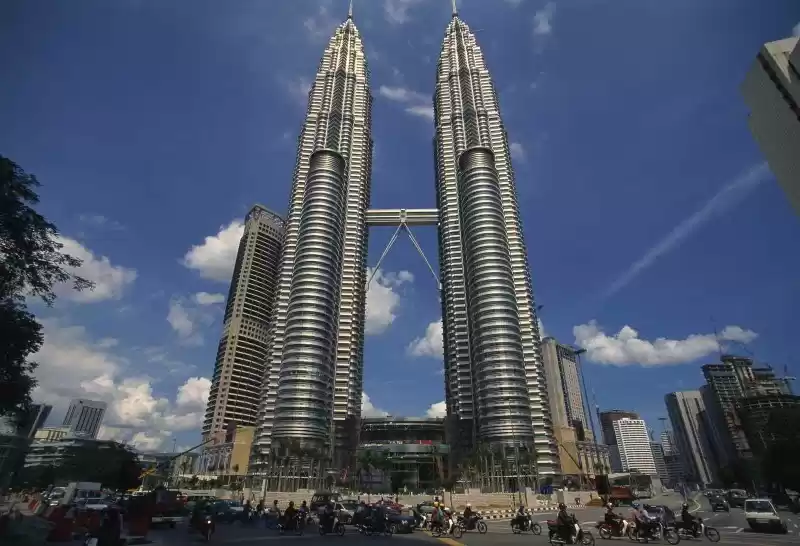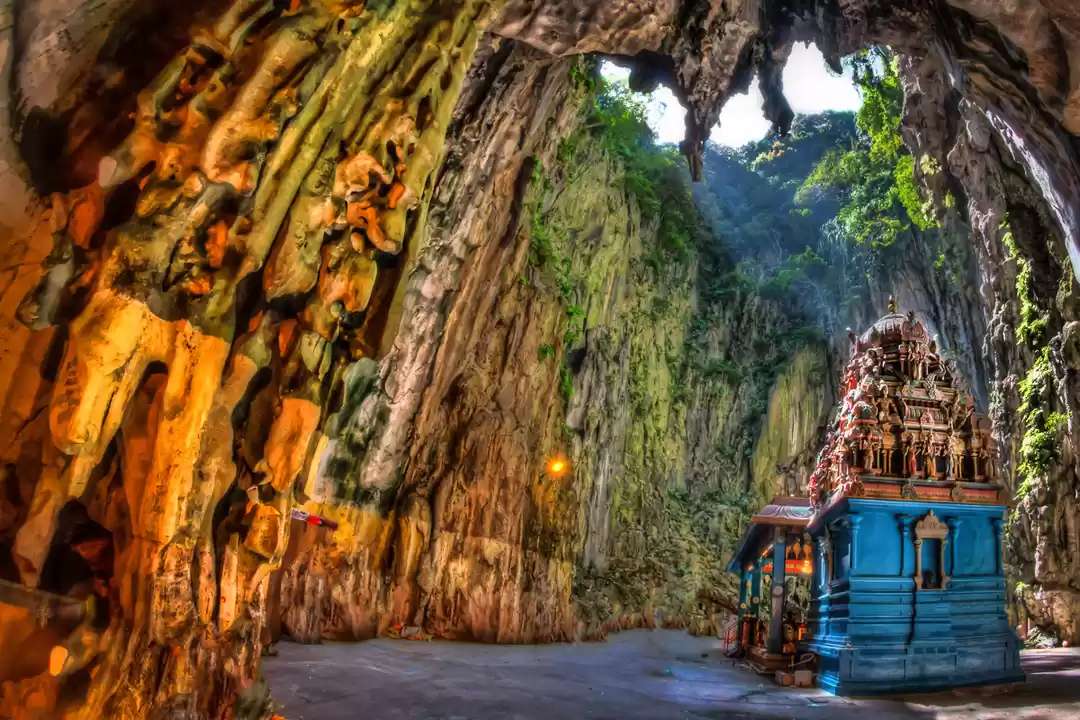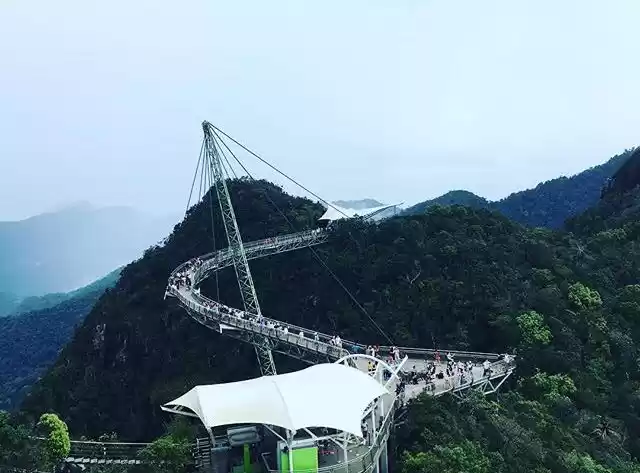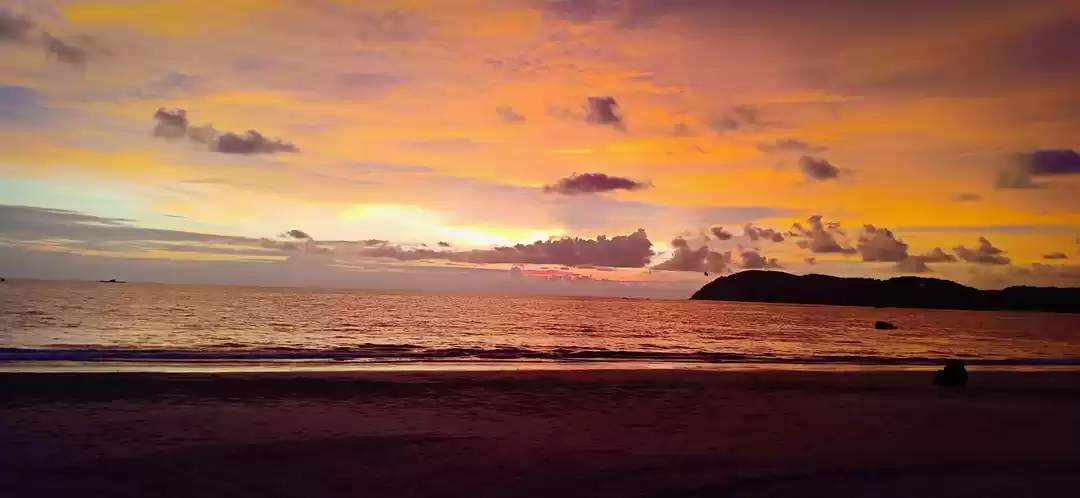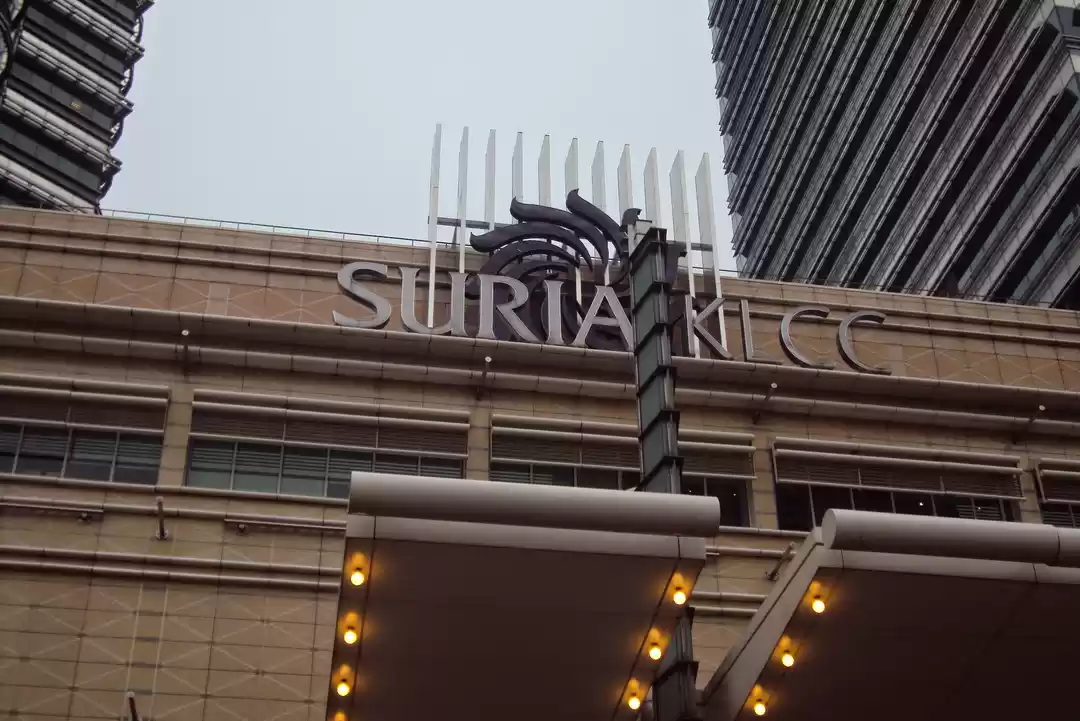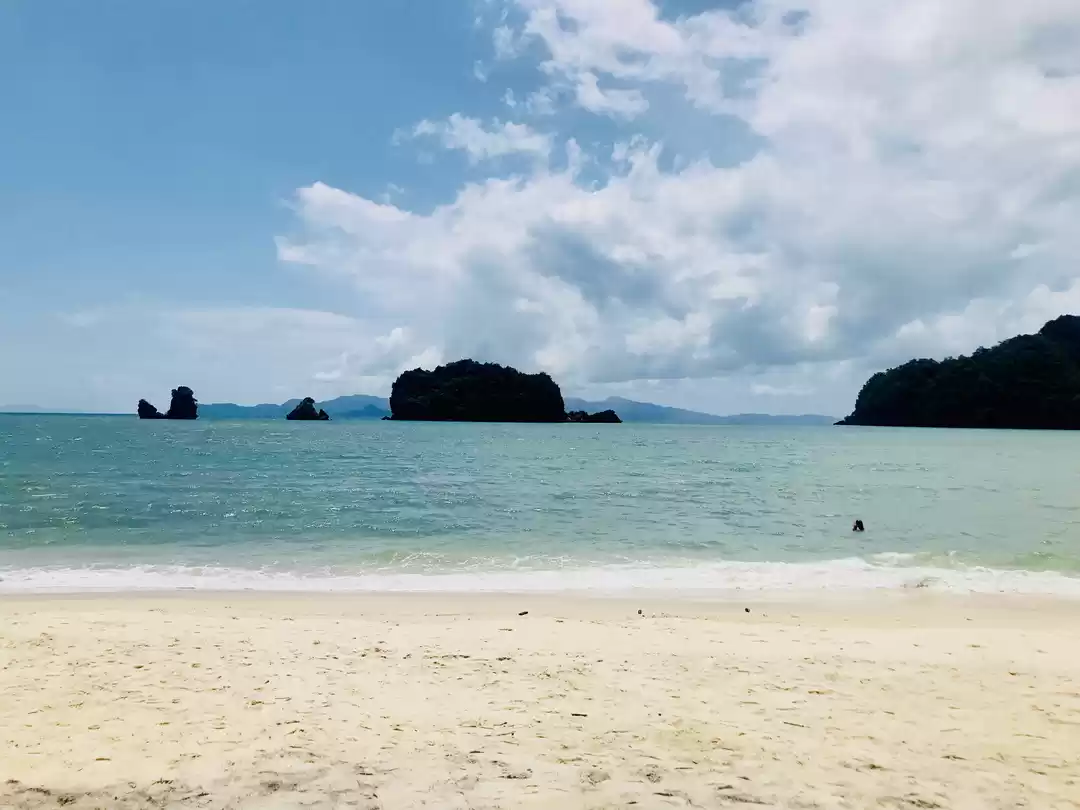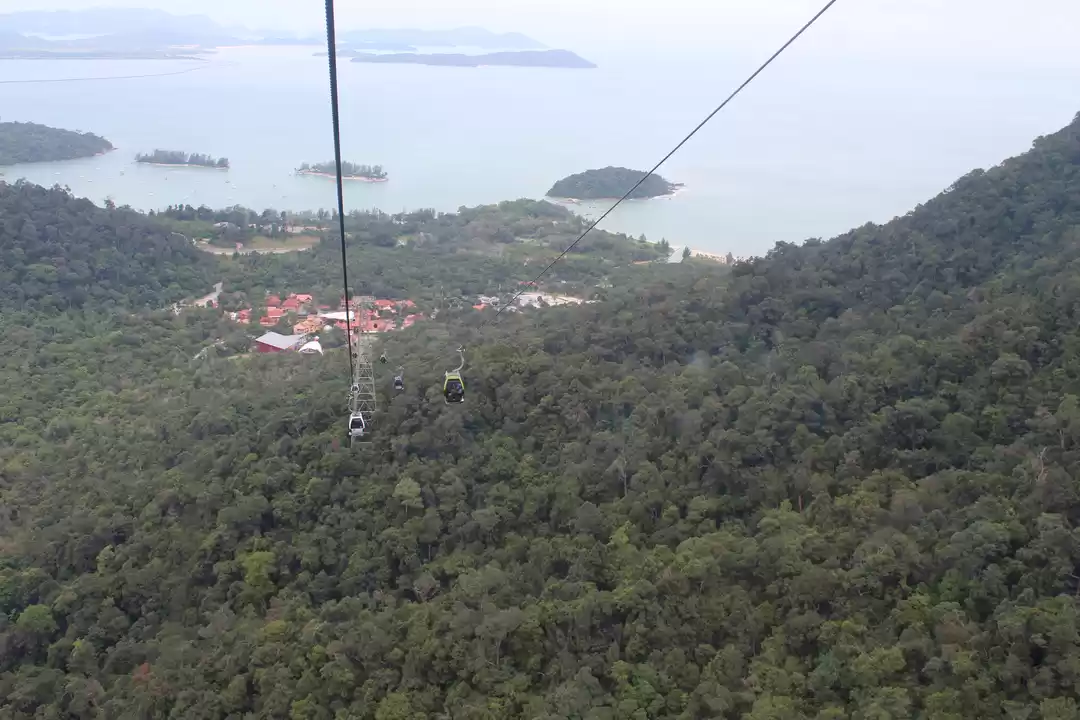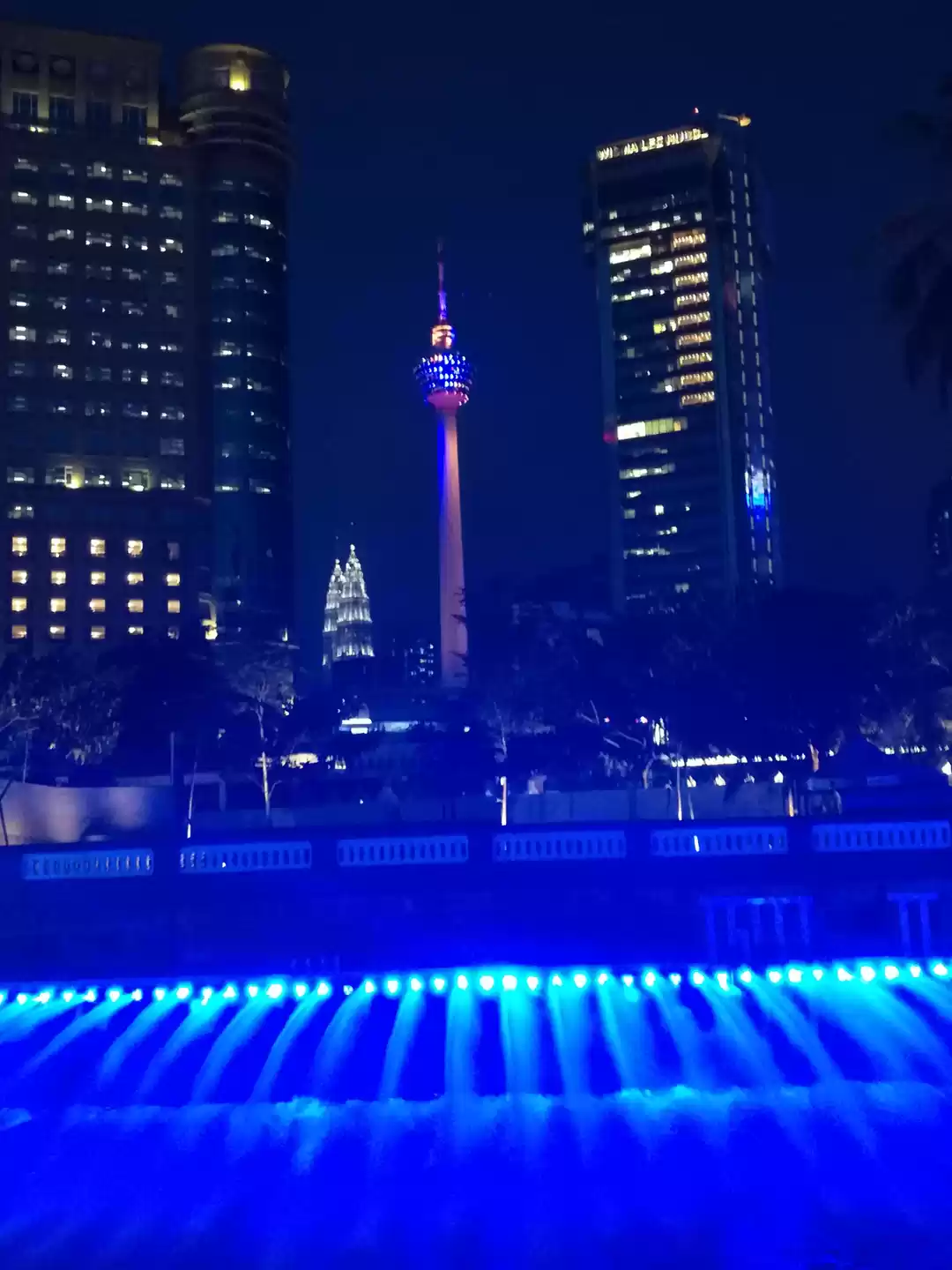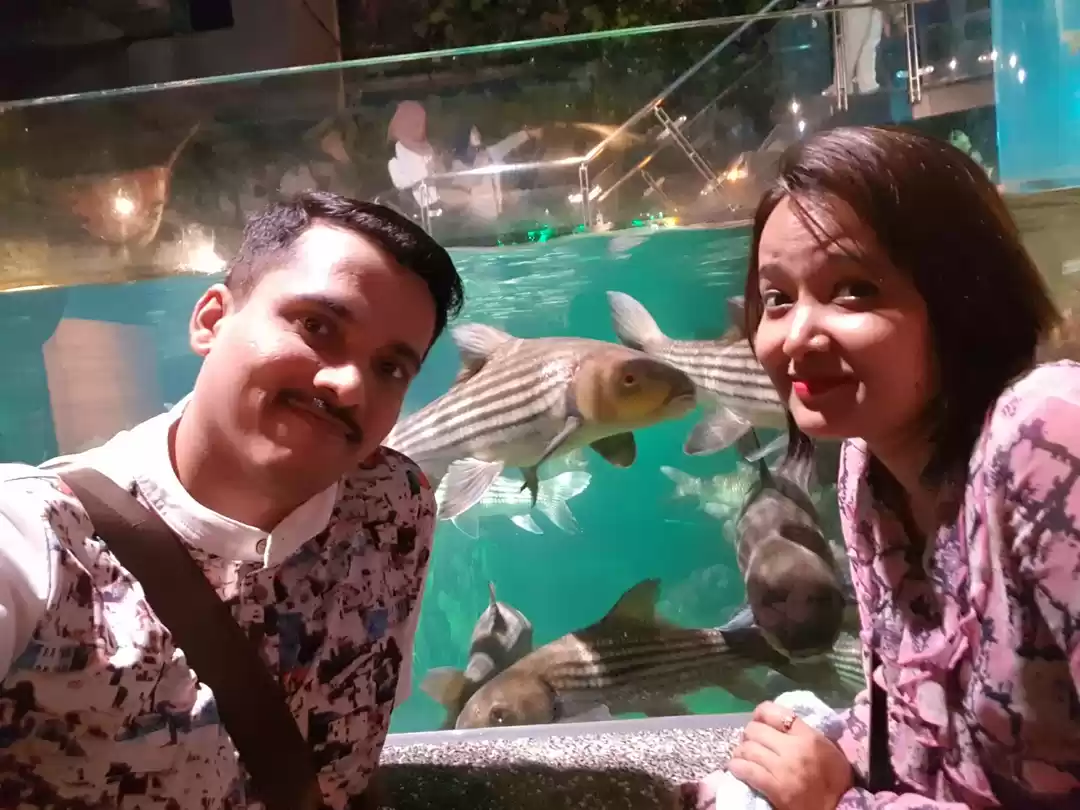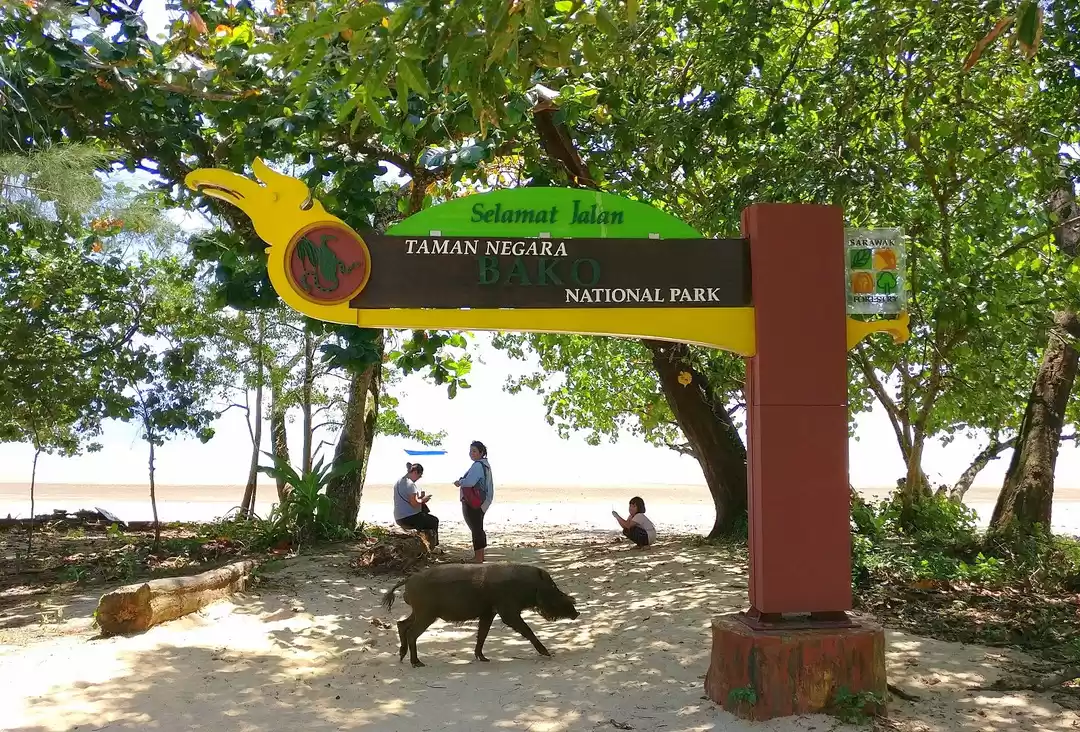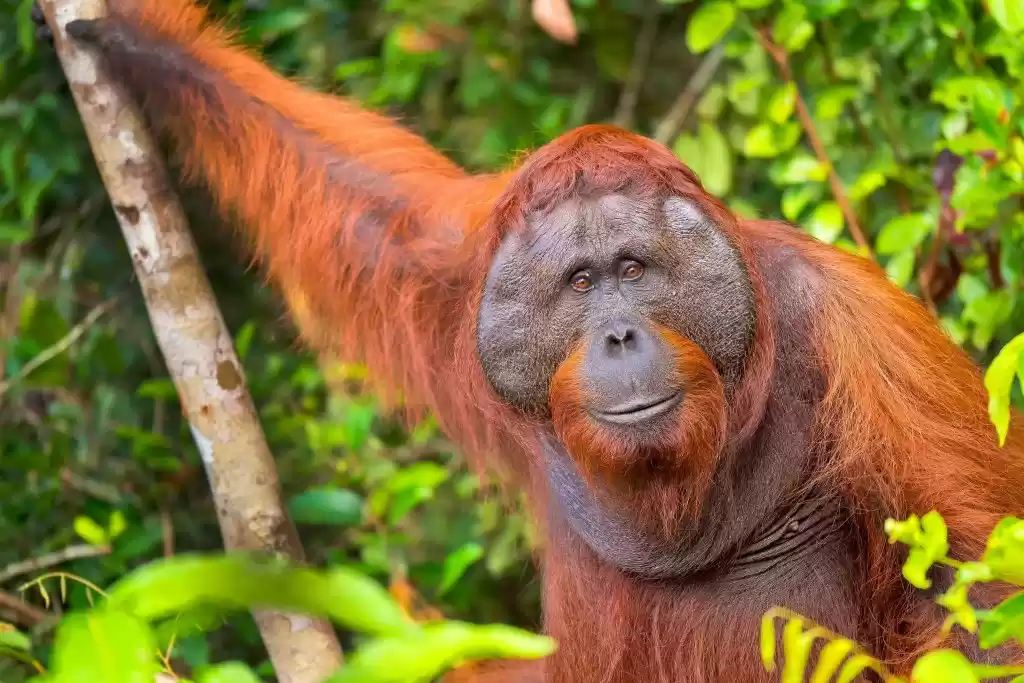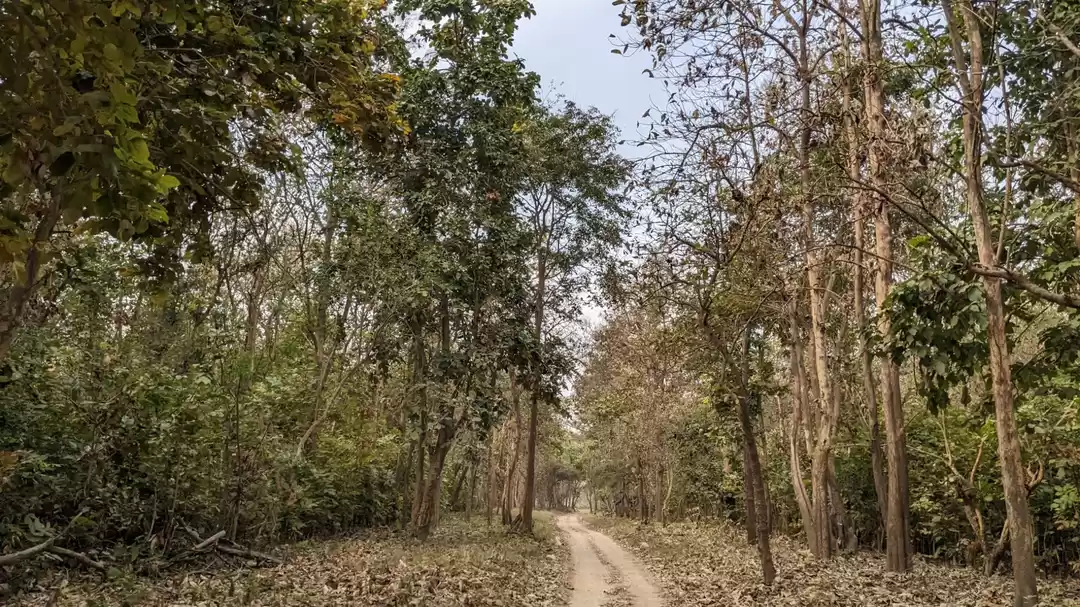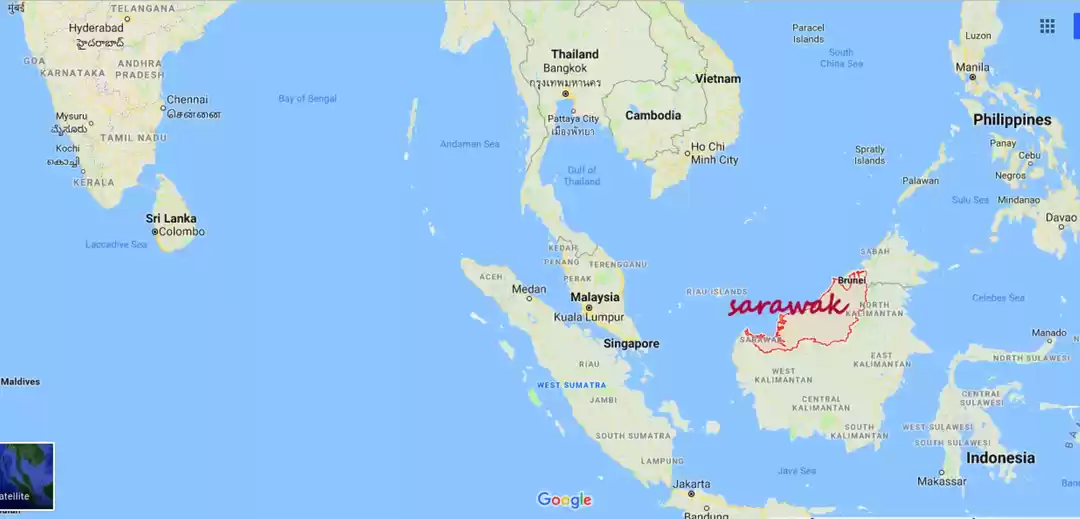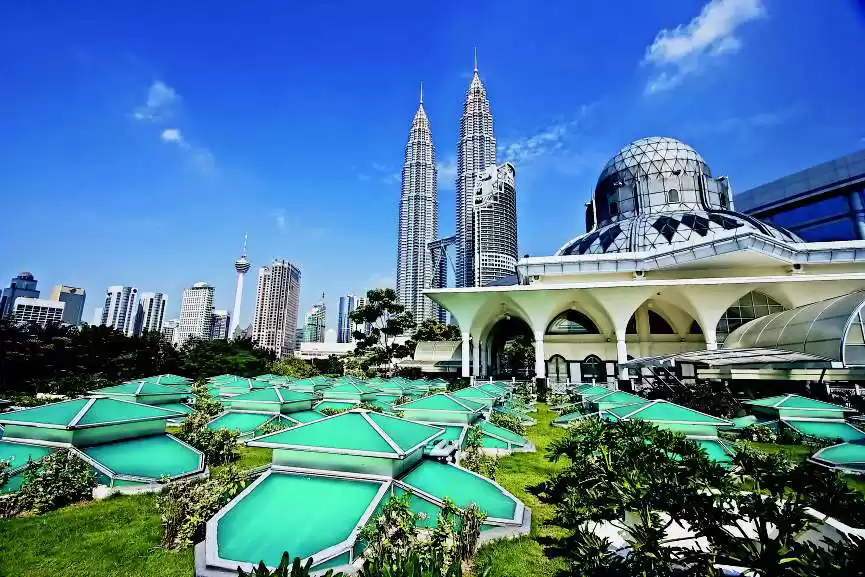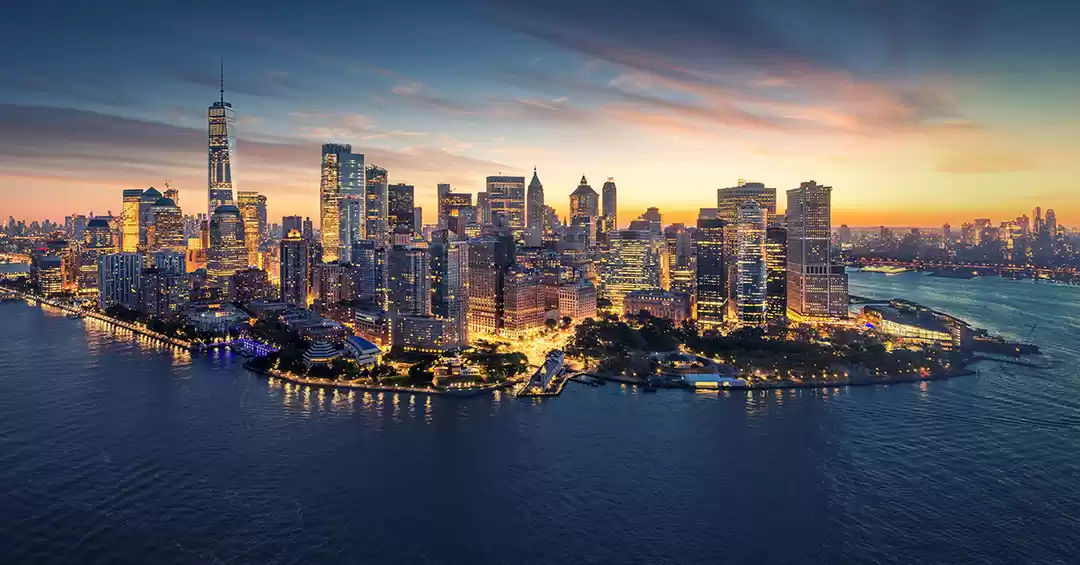Are you looking for a unique and unforgettable adventure in Malaysia? Do you want to explore one of the oldest and most diverse national parks in the world? If yes, then you should definitely visit Bako National Park, a nature lover’s paradise in Sarawak.
Bako National Park is a stunning destination that offers something for everyone. Whether you are into hiking, wildlife watching, beach hopping, or camping, you will find plenty of options to enjoy and experience in this park. Bako National Park is home to a variety of habitats, from mangrove forests and swamps to rocky cliffs and sandy beaches. It is also a haven for wildlife, especially the endangered proboscis monkeys, which are endemic to Borneo.
In this article, we will provide you with everything you need to know about Bako National Park, including how to get there, what to do, where to stay, and what to expect. We will also share some tips and recommendations to help you make the most of your visit. By the end of this article, you will be ready to plan your trip to Bako National Park and discover its hidden gems.
How to Get to Bako National Park
Bako National Park is located about 40 km from Kuching, the capital city of Sarawak. To get there, you have two main options: by bus or by taxi.
By bus:
You can take bus number 1 from Kuching to Bako Village, which is the nearest village to the park. The bus departs from the main bus terminal near the waterfront, and costs RM 3.50 per person. The journey takes about an hour, and the bus runs every hour from 7 am to 6 pm. From Bako Village, you need to take a boat to the park’s jetty, which costs RM 20 per person for a return trip. The boat ride takes about 15 minutes, and the boat service operates from 8 am to 3 pm.
By taxi:
You can also take a taxi from Kuching to Bako Village, which costs around RM 60 to RM 80 per car. The journey takes about 45 minutes, and you can negotiate with the driver to wait for you or pick you up later. From Bako Village, you need to take a boat to the park’s jetty, which costs RM 20 per person for a return trip. The boat ride takes about 15 minutes, and the boat service operates from 8 am to 3 pm.
Some tips and recommendations for getting to Bako National Park are:
Book your boat tickets in advance, especially during peak seasons and weekends, as the boats can get full quickly. You can book online through the park’s official website, or through a travel agency or online platform.
Check the weather forecast before you go, as the boat service may be cancelled or delayed due to bad weather or rough seas. The best time to visit the park is from April to September, when the weather is dry and sunny.
Pack light and bring only the essentials, as you will have to carry your luggage on the boat and on the trails. You can also rent a locker at the park’s headquarters for RM 5 per day.
Bring enough cash, as there are no ATMs or credit card facilities in the park. You will need cash to pay for the entrance fee, boat fee, accommodation fee, and guide fee.
What to Do in Bako National Park
Bako National Park offers a range of activities and attractions that will suit different tastes and preferences. Whether you want to hike, watch wildlife, relax on the beach, or camp in the wild, you will find something to enjoy and experience in this park. Here are some of the main activities and attractions that you can do in Bako National Park:

Hiking
Hiking is one of the best ways to explore Bako National Park and appreciate its natural beauty and diversity. The park has 16 marked trails that vary in difficulty, distance, duration, and scenery. You can choose from easy and short trails that take less than an hour, to challenging and long trails that take up to seven hours. Some of the most popular and rewarding trails are:
Telok Pandan Besar Trail: This trail leads to a secluded beach with a stunning view of a sea stack, which is a rock formation that rises from the sea. The trail is 2.6 km long, and takes about two hours to complete. It is moderately difficult, as it involves some steep climbs and descents, and some rocky and slippery sections. The trail starts from the park’s headquarters, and passes through a mangrove forest, a swamp forest, a cliff forest, and a kerangas forest, which is a heath forest with stunted and twisted trees. Along the way, you can spot some wildlife, such as proboscis monkeys, bearded pigs, silvered langurs, and hornbills. The trail ends at a viewpoint overlooking the beach and the sea stack, where you can take some amazing photos and enjoy the scenery. You can also descend to the beach, but you need to arrange a boat to pick you up, as there is no trail back to the headquarters from the beach.
Telok Paku Trail: This trail leads to a small and quiet beach with a good chance of seeing proboscis monkeys, especially in the early morning or late afternoon. The trail is 0.8 km long, and takes about 45 minutes to complete. It is easy, as it is mostly flat and well-maintained. The trail starts from the park’s headquarters, and passes through a mangrove forest and a cliff forest. Along the way, you can spot some wildlife, such as proboscis monkeys, macaques, monitor lizards, and kingfishers. The trail ends at the beach, where you can relax and swim in the clear water, or watch the sunset. You can also walk back to the headquarters along the coast, but you need to be careful of the tide and the rocks.
Tanjung Sapi Trail: This trail leads to a rocky headland with a spectacular view of the South China Sea and the surrounding islands. The trail is 0.5 km long, and takes about 30 minutes to complete. It is difficult, as it involves a steep and strenuous climb up a hill, and some narrow and exposed sections. The trail starts from the park’s headquarters, and passes through a kerangas forest and a grassland. Along the way, you can spot some wildlife, such as pitcher plants, orchids, and butterflies. The trail ends at the top of the hill, where you can enjoy a panoramic view of the sea and the sky, and feel the breeze and the sun. You can also see some rock formations and caves on the headland, which are home to some bats and swiftlets.
Wildlife Watching
Wildlife watching is another popular and exciting activity that you can do in Bako National Park. The park is home to a rich and diverse wildlife, with over 150 species of birds, 50 species of mammals, 25 species of reptiles, and 10 species of amphibians. Some of the most iconic and fascinating animals that you can see in the park are:
Proboscis Monkeys: Proboscis monkeys are the star attraction of Bako National Park, as they are endemic to Borneo and endangered. They are easily recognizable by their large and long noses, which are used to attract mates and communicate. They are also known for their pot-bellied stomachs, which help them digest the leaves that they eat. They are mostly arboreal, meaning that they live on the trees, and they are active during the day. They live in groups of up to 30 individuals, led by a dominant male. They are very vocal, and they make loud honking and roaring sounds to mark their territory and warn their group members. The best places to see proboscis monkeys in the park are along the Telok Paku Trail, the Telok Delima Trail, and the Telok Assam Beach, especially in the early morning or late afternoon, when they are feeding and resting.
Bearded Pigs: Bearded pigs are another distinctive and common animal that you can see in Bako National Park. They are named after the tufts of hair that grow on their faces, which resemble a beard. They are also known for their long and curved tusks, which are used for digging and fighting. They are mostly terrestrial, meaning that they live on the ground, and they are active during the day. They are omnivorous, meaning that they eat both plants and animals, such as fruits, roots, insects, and carrion. They live in groups of up to 10 individuals, and they are very social and intelligent. They are not shy, and they often approach visitors and beg for food, but you should not feed them, as this can harm their health and behavior. The best places to see bearded pigs in the park are near the park’s headquarters, the canteen, and the accommodation area, where they often roam around and scavenge for food.
Silvered Langurs: Silvered langurs are another rare and beautiful animal that you can see in Bako National Park. They are also known as silvered leaf monkeys, as they have a silvery-gray fur that blends with the foliage. They are also known for their bright orange babies, which change color to silver after a few months. They are mostly arboreal, meaning that they live on the trees, and they are active during the day. They are herbivorous, meaning that they eat only plants, such as leaves, flowers, and seeds. They live in groups of up to 30 individuals, led by a dominant male. They are very quiet and shy, and they communicate with subtle facial expressions and body movements. The best places to see silvered langurs in the park are along the Telok Pandan Besar Trail, the Telok Sibur Trail, and the Telok Limau Trail, where they can be seen in the canopy and on the branches.
Beach Hopping
Beach hopping is another fun and relaxing activity that you can do in Bako National Park. The park has several beaches that are accessible from the trails or by boat, and each beach has its own charm and character. Some of the most beautiful and scenic beaches are:
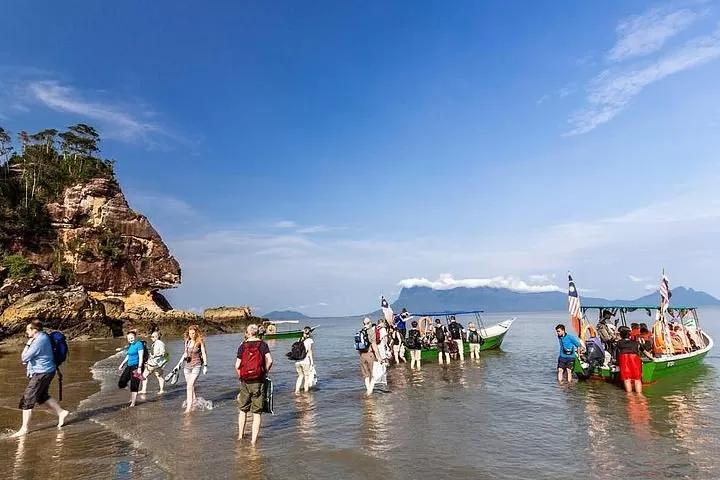
Telok Pandan Kecil Beach: This beach is one of the most popular and picturesque beaches in the park, as it features a stunning sea stack that rises from the turquoise water. The beach is also known for its fine and white sand, and its clear and calm water. The beach is only accessible by boat, and you need to arrange a boat to drop you off and pick you up, as there is no trail back to the headquarters from the beach. The boat fee is RM 40 per person for a return trip, and the boat service operates from 8 am to 3 pm. You can spend a few hours on the beach, swimming, snorkeling, sunbathing, or picnicking, but you need to be careful of the monkeys and the sandflies, which can be annoying and aggressive.
Telok Assam Beach: This beach is the closest and easiest beach to reach from the park’s headquarters, as it is only a 10-minute walk away. The beach is also the main landing point for the boats that bring visitors to and from the park. The beach is not very suitable for swimming or snorkeling, as it is muddy and shallow, and it is affected by the tide and the river. However, the beach is a great place to watch the sunrise and the sunset, and to see the proboscis monkeys that often hang out on the trees near the beach. The beach is also a good spot to start or end your hiking trails, as it connects to several trails, such as the Telok Paku Trail, the Telok Delima Trail, and the Lintang Trail.
Telok Serait Beach: This beach is one of the most secluded and tranquil beaches in the park, as it is only accessible by a long and challenging trail that takes about four hours to complete. The beach is also one of the most pristine and natural beaches in the park, as it is untouched by development and pollution. The beach is surrounded by lush and green vegetation, and it has a rocky and sandy shore. The beach is ideal for swimming and snorkeling, as it has a deep and clear water, and a rich and colorful coral reef. The beach is also a good place to camp, as it has a campsite with basic facilities, such as toilets, showers, and fire pits. You can book a campsite online through the park’s official website, or through a travel agency or online platform. The campsite fee is RM 5 per person per night, and you need to bring your own tent and equipment.
Camping
Camping is another adventurous and rewarding activity that you can do in Bako National Park. The park has several campsites that are located near the beaches or the trails, and each campsite has its own advantages and disadvantages. Some of the most convenient and comfortable campsites are:
Telok Assam Campsite: This campsite is the closest and easiest campsite to reach from the park’s headquarters, as it is only a 10-minute walk away. The campsite is also the most developed and equipped campsite in the park, as it has a canteen, a shop, a locker, and a power socket. The campsite is suitable for families, solo travelers, couples, and groups, as it has a variety of accommodation options, such as tents, chalets, lodges, and hostels. You can book an accommodation online through the park’s official website, or through a travel agency or online platform. The accommodation fee ranges from RM 10 to RM 150 per person per night, depending on the type and size of the accommodation. The campsite is also a good base to explore the park, as it connects to several trails and beaches, such as the Telok Paku Trail, the Telok Delima Trail, the Lintang Trail, and the Telok Assam Beach.
Telok Serait Campsite: This campsite is the most secluded and tranquil campsite in the park, as it is only accessible by a long and challenging trail that takes about four hours to complete. The campsite is also the most pristine and natural campsite in the park, as it is untouched by development and pollution. The campsite is suitable for adventurous and experienced campers, as it has only basic facilities, such as toilets, showers, and fire pits. You need to bring your own tent and equipment, and you need to book a campsite online through the park’s official website, or through a travel agency or online platform. The campsite fee is RM 5 per person per night, and you need to pay an additional RM 20 per person for a return boat trip, as there is no trail back to the headquarters from the campsite. The campsite is also a good place to enjoy the park’s beauty and serenity, as it is surrounded by lush and green vegetation, and it is near the Telok Serait Beach, which is one of the most beautiful and scenic beaches in the park.
Telok Delima Campsite: This campsite is the best campsite to see the proboscis monkeys in the park, as it is located near their habitat and feeding ground. The campsite is also a good campsite to see other wildlife, such as bearded pigs, macaques, monitor lizards, and kingfishers. The campsite is accessible by a short and easy trail that takes about an hour to complete, or by a boat that costs RM 20 per person for a return trip. The campsite has only basic facilities, such as toilets, showers, and fire pits. You need to bring your own tent and equipment, and you need to book a campsite online through the park’s official website, or through a travel agency or online platform. The campsite fee is RM 5 per person per night, and you need to be careful of the monkeys and the pigs, which can be annoying and aggressive.
What to Expect in Bako National Park
Bako National Park is a wonderful and amazing place to visit, but it is also a challenging and demanding place to explore. You need to be prepared and aware of what to expect when visiting the park, such as the weather, safety, fees, and tips. Here are some of the things that you need to know and consider before and during your visit:
Weather
The weather in Bako National Park is tropical and humid, with an average temperature of 27°C and an average humidity of 80%. The park has two seasons: the dry season and the wet season. The dry season is from April to September, and the wet season is from October to March. The dry season is the best time to visit the park, as the weather is dry and sunny, and the trails and beaches are more accessible and enjoyable. The wet season is the worst time to visit the park, as the weather is wet and cloudy, and the trails and beaches are more difficult and dangerous. The wet season also brings more mosquitoes and sandflies, which can be annoying and harmful. However, the wet season also has some advantages, such as fewer crowds, lower prices, and more wildlife sightings, especially the proboscis monkeys, which are more active and visible during the wet season.
Safety
Bako National Park is a safe and secure place to visit, but it is also a wild and unpredictable place to explore. You need to be careful and cautious of the potential hazards and risks in the park, such as wild animals, insects, plants, and theft. Some of the most common and serious hazards and risks are:
Wild Animals: The park is home to a variety of wild animals, some of which can be dangerous and aggressive, such as crocodiles, snakes, scorpions, and centipedes. You should also be wary of the monkeys and the pigs, which can be annoying and aggressive, and steal your food and belongings. You should never feed, touch, or provoke any wild animals, as this can harm their health and behavior, and cause them to attack or bite you. You should always keep a safe distance from any wild animals, and follow the instructions and advice of the park staff and guides. You should also report any sightings or incidents of dangerous animals to the park staff and guides, and seek medical attention if you are injured or bitten by any wild animals.
Insects: The park is also home to a variety of insects, some of which can be annoying and harmful, such as mosquitoes, sandflies, leeches, and bees. You should always wear long-sleeved shirts and pants, and apply insect repellent on your skin and clothes, to prevent insect bites and stings. You should also avoid scratching or rubbing any insect bites or stings, as this can worsen the inflammation and infection. You should also seek medical attention if you are allergic or sensitive to any insect bites or stings, or if you develop any symptoms such as fever, rash, or swelling.
Plants: The park is also home to a variety of plants, some of which can be poisonous and irritating, such as poison ivy, nettles, and thorns. You should always wear gloves and shoes, and avoid touching or picking any plants that you are not familiar with, to prevent skin contact and injury. You should also wash your hands and feet with soap and water, and apply antiseptic cream or lotion on any skin contact or injury, to prevent infection and inflammation. You should also seek medical attention if you are allergic or sensitive to any plant contact or injury, or if you develop any symptoms such as blistering, itching, or burning.
Theft: The park is also a target for theft, as some visitors may lose or leave their valuables unattended, such as their phones, cameras, wallets, and passports. You should always keep your valuables with you, and lock them in your locker or accommodation, to prevent theft. You should also avoid flaunting or displaying your valuables, and be aware of your surroundings and the people around you, to prevent theft. You should also report any theft or loss of your valuables to the park staff and guides, and the police, and seek assistance if you need to replace or recover your valuables.
Fees
Bako National Park is a budget-friendly and affordable place to visit, but it also involves some fees and costs that you need to pay and consider. Some of the main fees and costs are:
Entrance Fee: The entrance fee is RM 20 per person for foreigners, and RM 10 per person for Malaysians. The entrance fee is valid for one day, and you need to pay it at the park’s headquarters or the boat jetty. You also need to register and show your passport or identity card, and get a wristband, which you need to wear at all times in the park. The entrance fee covers the access to the park’s trails, beaches, and facilities, such as toilets, showers, and water fountains.
Boat Fee: The boat fee is RM 20 per person for a return trip, and you need to pay it at the boat jetty or the park’s headquarters. The boat fee covers the transportation from Bako Village to the park’s jetty, and vice versa. You can also use the boat service to visit different beaches in the park, but you need to pay an additional fee, depending on the distance and duration of the trip. The boat fee ranges from RM 40 to RM 80 per person for a return trip, and you need to arrange and book the boat service in advance, either online or through the park staff and guides. The boat service operates from 8 am to 3 pm, and the last boat leaves the park at 3 pm.
Accommodation Fee: The accommodation fee depends on the type and size of the accommodation that you choose, and you need to pay it at the park’s headquarters or online. The accommodation fee ranges from RM 10 to RM 150 per person per night, and it covers the access to the accommodation’s facilities, such as beds, fans, lights, and power sockets. You can choose from a variety of accommodation options, such as tents, chalets, lodges, and hostels, depending on your budget and preference. You can book an accommodation online through the park’s official website, or through a travel agency or online platform. You can also camp in the park, but you need to bring your own tent and equipment, and pay a campsite fee of RM 5 per person per night.
Guide Fee: The guide fee is optional, but recommended, especially if you are new or unfamiliar with the park. The guide fee depends on the type and duration of the service that you choose, and you need to pay it at the park’s headquarters or online. The guide fee ranges from RM 50 to RM 200 per person, and it covers the service of a licensed and experienced guide, who will accompany you and show you the best and safest ways to explore and enjoy the park. You can choose from a variety of guide services, such as half-day, full-day, or overnight, depending on your itinerary and interest. You can book a guide service online through the park’s official website, or through a travel agency or online platform.
Tips
Bako National Park is a wonderful and amazing place to visit, but it is also a challenging and demanding place to explore. You need to be prepared and aware of some tips and recommendations that will help you make the most of your visit. Here are some of the tips and recommendations that we suggest:
1. Plan and book your trip in advance, as the park can get crowded and busy, especially during peak seasons and weekends. You can plan and book your trip online through the park’s official website, or through a travel agency or online platform. You can also check the availability and status of the park’s trails, beaches, and facilities online, and adjust your plans accordingly.
2. Pack and bring the essentials, such as a hat, sunglasses, sunscreen, raincoat, umbrella, insect repellent, water bottle, snacks, camera, and flashlight. You should also wear comfortable and sturdy shoes, and long-sleeved shirts and pants, to protect yourself from the sun, rain, insects, and plants. You should also bring enough cash, as there are no ATMs or credit card facilities in the park.
3. Follow the rules and regulations of the park, such as staying on the marked trails, not littering or polluting, not feeding or touching the wildlife, not picking or damaging the plants, not making loud noises or fires, and not camping or swimming in unauthorized areas. You should also respect and cooperate with the park staff and guides, and follow their instructions and advice.
4. Enjoy and appreciate the park’s beauty and diversity, and have fun and memorable experiences. You can also learn and discover more about the park’s history, culture, and conservation efforts, and support and contribute to them. You can also share and recommend the park to your friends and family, and encourage them to visit and enjoy the park.
Bako National Park is the ultimate destination for nature lovers and adventure seekers, as it offers a unique and unforgettable experience of exploring one of the oldest and most diverse national parks in the world. Whether you want to hike, watch wildlife, relax on the beach, or camp in the wild, you will find plenty of options to enjoy and experience in this park. Bako National Park is a hidden gem in Borneo, and a must-visit place in Malaysia.
We hope that this article has provided you with everything you need to know about Bako National Park, and inspired you to plan your trip to this amazing place. If you have any questions or comments, please feel free to contact us or leave a comment below.
We would love to hear from you and help you with your trip. Thank you for reading, and happy travels!



